Review for Candyman
Introduction
They say there is an exception to every rule. One example of this might be with cinema. I think that even if you hate a particular genre, there will be a film in that genre that you will enjoy. With me it’s horror. I’ve never really appreciated classic horror movies, and find them dull, formulaic, and un-entertaining for the most part. The horror films that I do have in my collection are uniformly review copies, films that I was obliged to watch and write about at the time, some of which I might even have been entertained by to a degree. But I have to my knowledge never bought a retail copy of a pure horror, although I have plenty of genre mash-ups in my collection, sci-fi horror like Alien, comedy horror like Ghostbusters and the like. But there is one horror movie that I will spend money on... Candyman; the exception to the rule.
Helen Lyle is a graduate student at Chicago University who is working on a thesis on urban legends, and the most prominent one that prevails in the city is that of the Candyman. A hundred years previously, a son of a slave, a refined and educated man made the mistake of falling in love with a woman of the wrong colour. For his crime, his right hand was hacked off and he was stung to death by bees. The legend goes that if anyone looks into a mirror and calls, “Candyman” five times, then a hook handed figure will appear to deal death to the innocent.
Helen learns of an unsolved murder in the rundown area of Cabrini-Green, one that bears all the hallmarks of the Candyman. She learns more of the story from the victim’s neighbour, Ann Marie McCoy, all juicy material for her thesis, but when she is attacked by a group of thugs led by a man wielding a hook, it seems that the urban legend has an all too human face to it. With the culprit behind bars, and sufficient material for her thesis, all seems rosy, but the legend has been debunked. Which is when Candyman appears to her, demanding her life to restore the people’s belief in him. Helen wakes in Anne Marie’s blood-soaked apartment, blade in hand, with the mother shrieking hysterically at an empty crib.
The Disc
Candyman gets a 1.85:1 widescreen 1080p transfer on this disc, with DTS-HD MA 5.1 Surround English, the original PCM 2.0 Stereo English track, both with optional subtitles. Arrow commissioned a 4k restoration for this release, and it really does tell in the quality of the image. Candyman is a drab film, set in the winter months, and the palette reflects that, autumnal greys and browns. The detail levels are excellent though, skin tones are natural, and there is a nice level of film grain, with no visible DNR. Reds seem pushed though, but it’s to make red objects appear like jarring splashes of colour on the screen against the winter near-monochrome. I went with the surround track and it’s a very sympathetic up-mix, naturally immersive, keeping the dialogue clear and giving the full on Tony Todd when he makes his appearance. Candyman’s music is distinctive and memorable, an excellent score from Philip Glass.
Extras
I missed the Arrow Limited Edition release, which came with postcards, exclusive packaging, a poster, a couple of booklets, and the UK version of the film on a second disc (which also had an interview with Clive Barker). It is still available from some quarters, at a price which I have to admit that I balk at.
Instead I got the standard edition single disc release, which has the film in a BD Amaray case with a reversible sleeve, the US R-Rated version of the film. It’s long past the period of the first print run, if you’re looking for the usual Arrow booklet and an o-card slipcover. The disc boots to an animated menu.
On that disc you’ll find the following extra features.
Audio commentary with writer-director Bernard Rose and actor Tony Todd
Audio commentary with Stephen Jones and Kim Newman
There are the following interview with cast, crew and academics.
Be My Victim (9:46)
It Was Always You, Helen (13:10)
The Writing on the Wall: The Production Design of Candyman (6:21)
Forbidden Flesh: The Makeup FX of Candyman (8:01)
A Story to Tell: Clive Barker’s “The Forbidden” (18:38)
Urban Legend: Unwrapping Candyman (20:40)
Theatrical Trailer (2:04)
Image Gallery (39 images)
Finally there are three Bernard Rose short films.
Looking at Alice (27:24, 1977)
A Bomb With No Name On It (3:40, 1975)
The Wreckers (5:58, 1976)
If you had the old collector’s edition DVD, you might want to keep hold of it for the different set of extra features.
Conclusion
I refer back to that old collector’s edition DVD, as poor though that disc was, it has something that this standard edition Blu-ray release doesn’t have, input from author Clive Barker in its extra features.
Clive Barker speaks in the commentary on that old DVD disc about metafiction, about a horror movie that is about the horror genre. Indeed, years before the genre was being deconstructed in Scream with excessive irony and a palsied wink to the audience, Candyman managed the same thing completely straight faced. This is a film about the urban legend. It’s consciously looking at what scares people, trying to understand the psychology of fear and how legends thrive when there are people to believe in them. Barker and Rose create a brilliant urban legend in Candyman. Most monsters are reprehensible, irredeemable, ugly Freddy Krueger and Jason figures. But Candyman is a noble innocent man, horribly wronged. His origin lies within the origin of the United States itself, born in the race divide that still exists today. It’s mirrored in the film, a layer of social comment, as the legend of Candyman thrives in the ghetto of Cabrini-Green, a place where the police hesitate to go. It doesn’t hurt that the film gains a sense of realism from this.
The performances work well in this regard too, the characters are far from the wayward teens that usually inhabit these films, and once again realism is the watchword. There is detail and background to the characters that makes their personal lives more interesting, and makes this film much more than just the scares. We get an insight into Helen’s marriage. Her husband Trevor is a lecturer at the university, and their marriage is going through a rough spot during this film. With all the stress that Helen is under, it makes her encounters with Candyman all the more ambiguous, and as stated in the commentary, the film never categorically states that Candyman is real.
How much is real and how much is within Helen’s psyche is up for debate, and again makes this film a rich experience. Virginia Madsen is good in this regard, delivering a realistic performance that balances those fantastic elements well. Tony Todd is majestic as Candyman, creating a noble seductive monster that harbours a hint of tragedy. The best monsters in horror are the tragic ones, and Candyman combines the dignity and allure of a Dracula, with the pathos of Frankenstein’s monster. He’s very much a monster created by society, and as such a sympathetic one.
I hate horror movies, but I really enjoy Candyman, a film that is much more than the sum of its parts. It cunningly combines realism and fantasy to create a unique experience. And I have to say that I enjoyed it even more last night, watching it on Blu-ray than I have done previously, either on DVD, or in the cinema. Nothing to do with the medium; it’s just that it’s a story that unfortunately has become more relevant than ever, when you consider the issues of race in the modern United States. It’s as if the country has regressed sixty years, and that makes the Candyman ‘legend’ all the more poignant. Having said all of that, this Blu-ray presents the film to excellent effect, and it’s very much recommended. After all, it’s the only horror movie I’d spend money on!
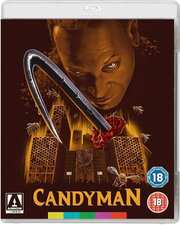






























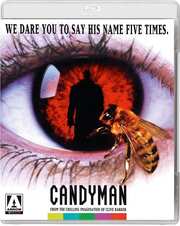
































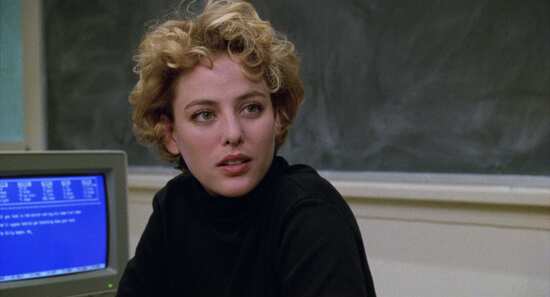
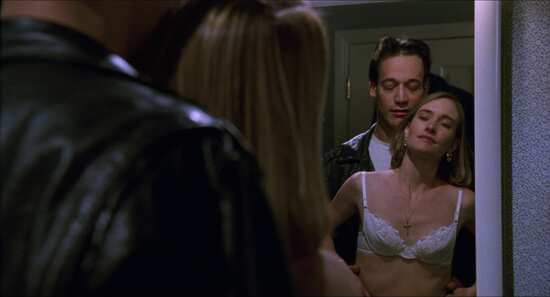

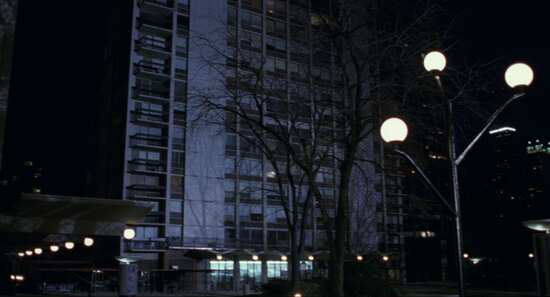
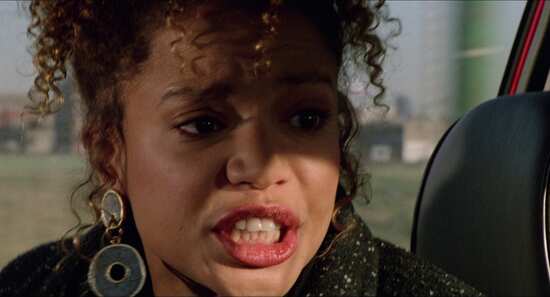

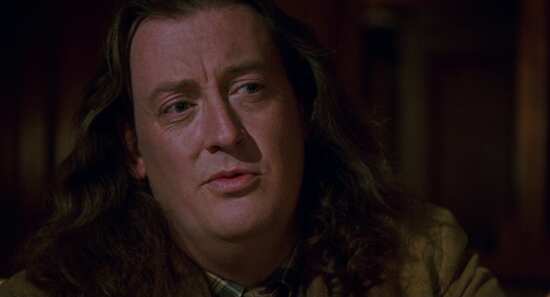
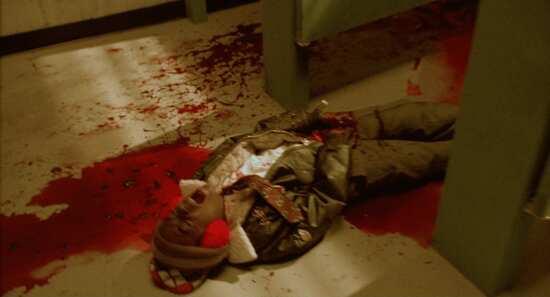
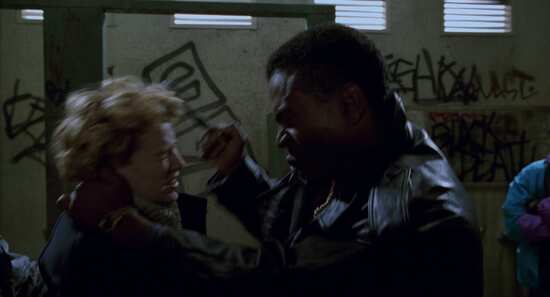
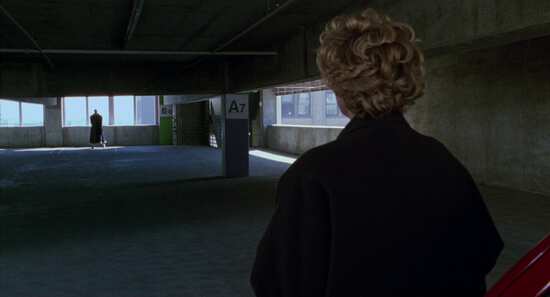

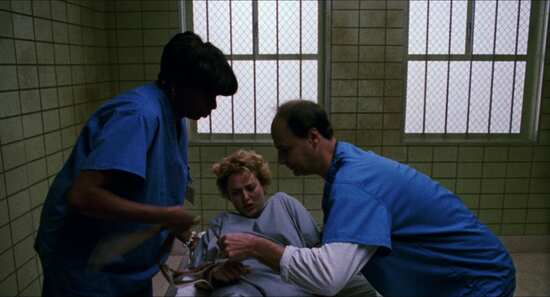
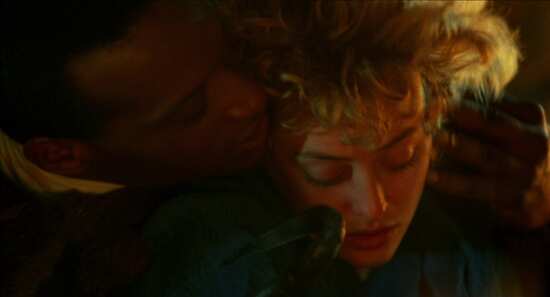
Your Opinions and Comments
Be the first to post a comment!